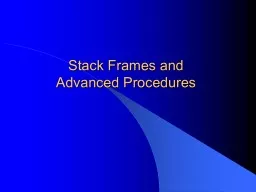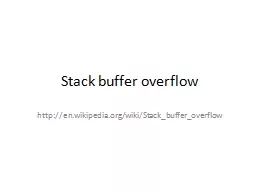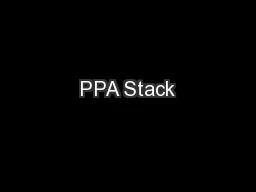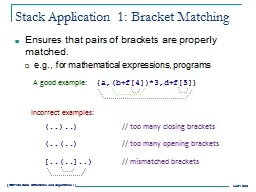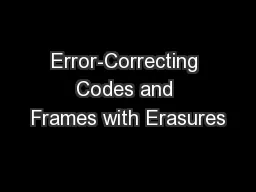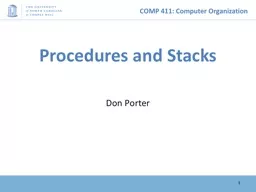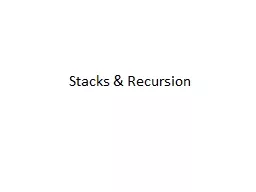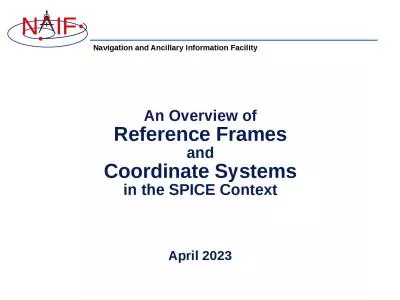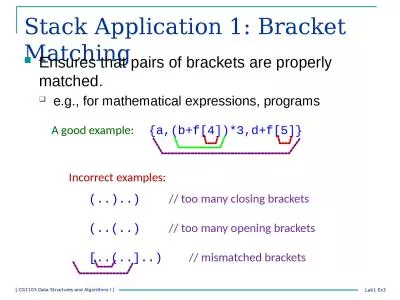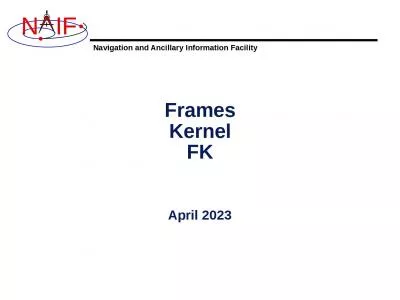PPT-Stack Frames and Advanced Procedures
Author : min-jolicoeur | Published Date : 2018-11-10
Irvine Kip R Assembly Language for x86 Processors 7e 2015 2 Stack Frames Stack Parameters Local Variables ENTER and LEAVE Instructions LOCAL Directive WriteStackFrame
Presentation Embed Code
Download Presentation
Download Presentation The PPT/PDF document "Stack Frames and Advanced Procedures" is the property of its rightful owner. Permission is granted to download and print the materials on this website for personal, non-commercial use only, and to display it on your personal computer provided you do not modify the materials and that you retain all copyright notices contained in the materials. By downloading content from our website, you accept the terms of this agreement.
Stack Frames and Advanced Procedures: Transcript
Download Rules Of Document
"Stack Frames and Advanced Procedures"The content belongs to its owner. You may download and print it for personal use, without modification, and keep all copyright notices. By downloading, you agree to these terms.
Related Documents

